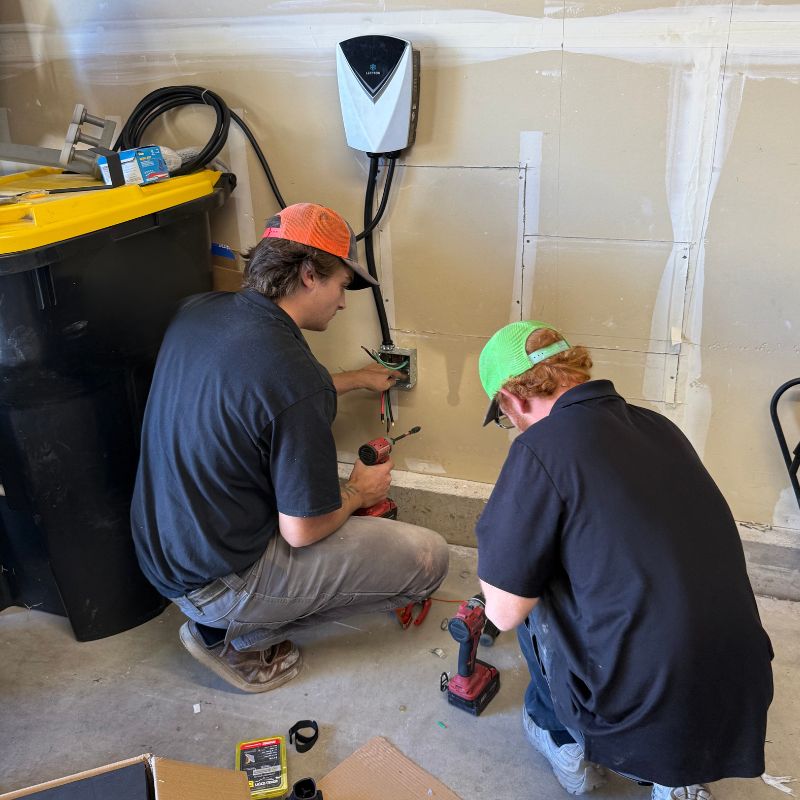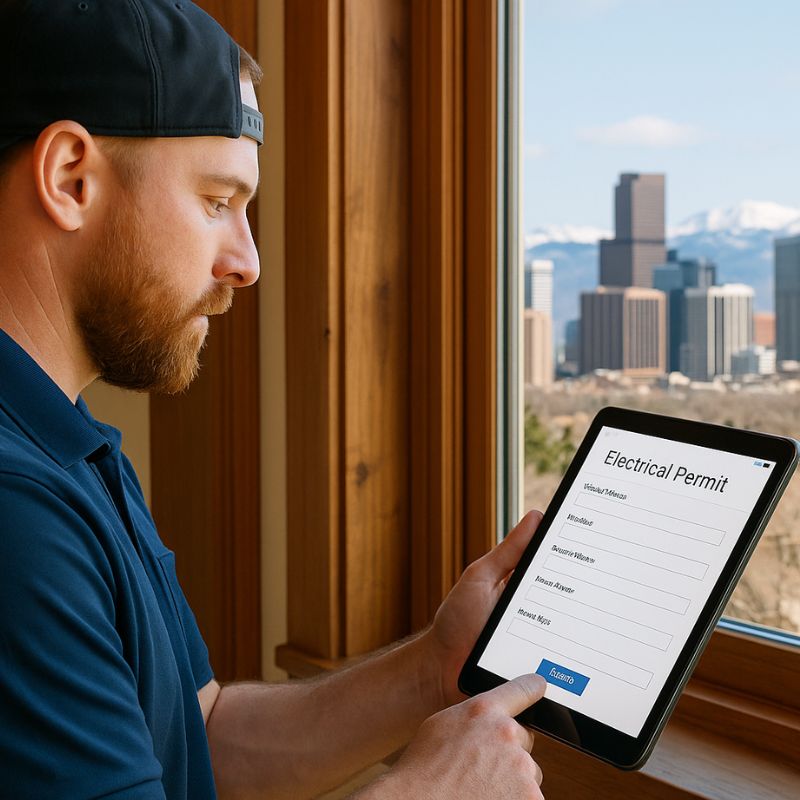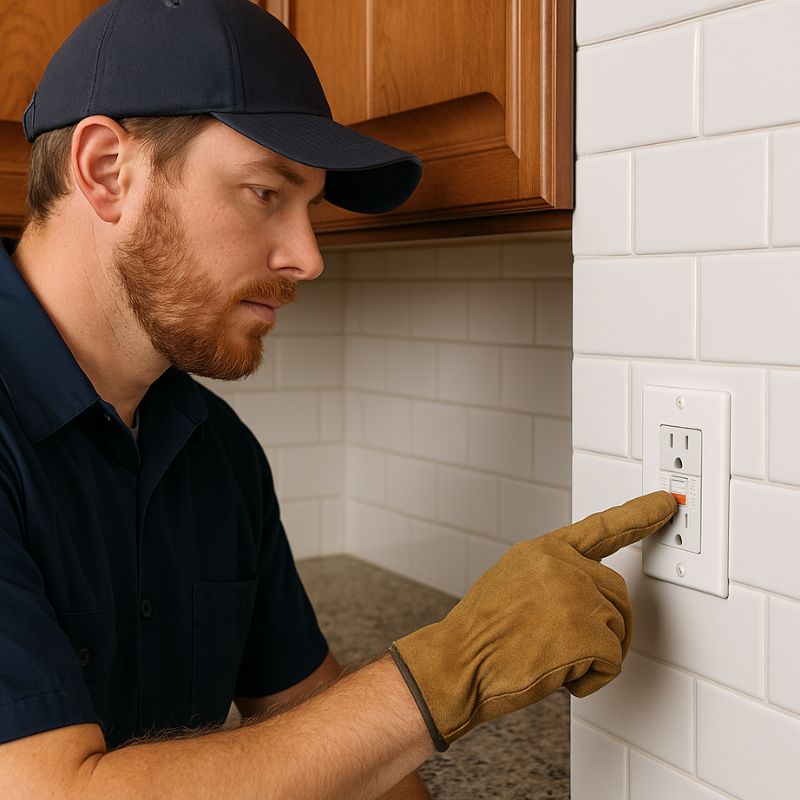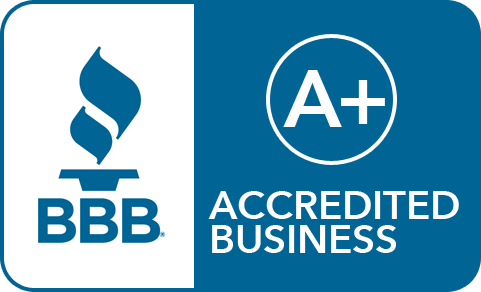Contents
- Why It’s Important to Use the Right Extension Cord Outdoors
- Why You Can’t Just Use Any Extension Cord Outdoors
- What Makes an Extension Cord “Outdoor Rated”?
- Outdoor Extension Cord vs. Indoor: At a Glance
- How to Protect an Outdoor Extension Cord from Rain
- Safety Tips for Outdoor Extension Cord Use
- Waterproof vs. Weather-Resistant: What’s the Difference?
- When to Call an Electrician Instead of Using an Extension Cord
- FAQs: Outdoor Extension Cord Edition
- The Bottom Line
Why It’s Important to Use the Right Extension Cord Outdoors
Ever looked at a tangle of cords in your garage and thought, “Hmm, is this the one I used for the Christmas lights, or the one that nearly fried my leaf blower last fall?”

Don’t worry, you’re not alone. Using the wrong extension cord outside is a mistake many homeowners make, and it can be dangerous.
That’s why we’re breaking down exactly how to tell if an extension cord is for outdoor use, what to look for, and how to stay safe while you’re powering up your next backyard project.
Whether you’re plugging in holiday lights, power tools, or a generator, this guide will help you avoid a shocking experience (pun totally intended).
Why You Can’t Just Use Any Extension Cord Outdoors
Let’s start with the obvious: Indoor extension cords aren’t made to handle Mother Nature. They’re typically lightweight, lack proper insulation, and can easily short out when exposed to moisture or UV rays.
Outdoor cords, on the other hand, are made tougher, built to withstand rain, sun, snow, and a little yard abuse.
Using an indoor cord outside can result in:
- Electrical shock
- Fire hazards
- Damaged devices
- Tripping over a melted cord that now resembles black licorice
What Makes an Extension Cord “Outdoor Rated”?
Here’s your cheat sheet for figuring out whether that cord is ready for the great outdoors.
1. Look for the “W” Marking
This is the golden ticket. If the cord (or its packaging) has a “W” printed on it, it’s suitable for outdoor use.
The “W” stands for weather-resistant, which means the cord has thicker insulation designed to protect it from moisture, abrasion, and UV rays.
No “W” = Not for outdoor use. Simple.
2. Check the Plug Type: Three-Prong Is Your Friend
Outdoor-rated cords typically have a three-prong plug, that third prong is a grounding wire, and it’s essential for protecting against shocks.
If you see a two-prong cord, it’s best left indoors unless you like living dangerously.
Pro tip: If you’re using a 2 prong outdoor extension cord, double-check that it’s specifically rated for outdoor use. These are rare and usually not recommended for high-powered gear.
3. Feel the Insulation
Outdoor cords are bulkier for a reason. That thick, rubberized insulation helps protect the wiring inside. If the cord feels thin, flimsy, or like it would cry in the rain, it’s probably not outdoor-friendly.
Some are even labeled as heavy duty outdoor extension cable, these are perfect for powering tools, shop vacs, or even a generator during an outage. Which leads us to…
4. Match the Amps to the Job
Check the amperage rating on the cord, outdoor cords are often rated for 13 to 15 amps or more, depending on their gauge and length.
Make sure your cord can handle your equipment. Don’t try to run a generator drop cord on a cord designed for a table lamp.
Here’s a quick rule of thumb:
- 16-gauge cords: Light duty, up to 10 amps (not ideal for power tools)
- 14-gauge cords: Medium duty, up to 13 amps
- 12-gauge cords: Heavy duty, up to 15 amps or more
Outdoor Extension Cord vs. Indoor: At a Glance
| Feature | Indoor Cord | Outdoor Cord |
|---|---|---|
| Marking | Usually no “W” | Has a “W” marking |
| Plug Type | Often two-prong | Three-prong grounded |
| Insulation | Thin, plastic | Thick, rubberized or vinyl |
| UV Resistance | No | Yes |
| Moisture Protection | None | Yes |
| Color | Beige/white/brown | Bright orange, yellow, or green |
How to Protect an Outdoor Extension Cord from Rain
Let’s be honest, Colorado weather doesn’t mess around. One minute it’s sunny, the next it’s a monsoon. If you’re using an outdoor drop cord and the skies open up, be prepared.
Here’s how to stay dry and safe:
Use GFCI Extension Cords
A GFCI (Ground Fault Circuit Interrupter) shuts off power if it senses moisture or an abnormal flow of current. It’s like having a safety referee in your electrical circuit. Many GFCI extension cords come built-in or can be added as an adapter to your outlet.
Cover Your Connections
Use weatherproof electrical cord covers or “cord domes” to protect where your cord connects to your device. Keep connections off the ground and away from puddles or snowdrifts.
Avoid Overloading
Just because your extension cord can technically power a small generator, a shop vac, and your hot tub heater all at once doesn’t mean you should. Spread the load or install a proper outdoor outlet.

Safety Tips for Outdoor Extension Cord Use
Safety first, sparks second. Here are a few smart habits to keep your cords (and your eyebrows) intact:
Inspect Before Every Use
Cracks, exposed wires, frayed insulation? Toss it.
Store Them Properly
Coil your cords and hang them in a dry, indoor space. Avoid wrapping them tightly around your elbow like a lasso, it damages the wires over time.
Don’t Daisy Chain Cords
Plugging one extension cord into another may work in a pinch, but it increases resistance and heat. Get the right length cord for the job instead.
Use Bright Colors
Ever tripped over a cord hiding in the grass? Brightly colored cords help avoid mishaps, and they look cool. Win-win.
Waterproof vs. Weather-Resistant: What’s the Difference?
Outdoor cords are typically weather-resistant, not fully waterproof. They can handle splashes, rain, and snow, but shouldn’t be submerged.
Need permanent outdoor power?
Don’t rely on a drop cord, install a weatherproof outdoor outlet instead. It’s safer, longer-lasting, and doesn’t involve you running cords through a cracked window.
When to Call an Electrician Instead of Using an Extension Cord
Extension cords are for temporary use only. If you’re constantly running cords out the window to power your grill station, backyard lights, or greenhouse, it’s time to level up. Learn how to choose an electrician.
Let us help you:
- Install permanent outdoor outlets
- Set up a dedicated generator drop connection
- Install GFCI outlets for safety
- Schedule a home electrical inspection to make sure your outdoor wiring is up to code
FAQs: Outdoor Extension Cord Edition
Can I bury an outdoor extension cord?
Nope. Extension cords are not rated for underground use. If you need power underground, let us install underground electrical lines the right way.
Are all heavy-duty cords outdoor safe?
Not always. Even heavy-duty cords must be marked with a “W” or “Outdoor Use” label to be weather-resistant.
How long can I use an outdoor cord?
Only as long as you need it. Disconnect and store it as soon as you’re done. Long-term exposure can cause wear, even with tough cords.
Can I use a two-prong cord outside?
Only if it’s marked for outdoor use and you’re powering low-wattage devices. For safety, stick with grounded cords when in doubt.

The Bottom Line
Not all extension cords are created equal.
Choosing the right one can prevent accidents, fires, and some very awkward conversations with your insurance provider.
Look for the “W,” check the insulation, make sure it’s grounded, and don’t cheap out when it comes to outdoor power.
Need help upgrading your outdoor outlets or installing safe, permanent solutions?
Contact The Electricians today or call us at 720-633-5937.
We’re certified, local, and we know how to keep Colorado homes running safely, rain, shine, or snowstorm.
Related Posts
If you enjoyed reading this, then please explore our other articles below:








